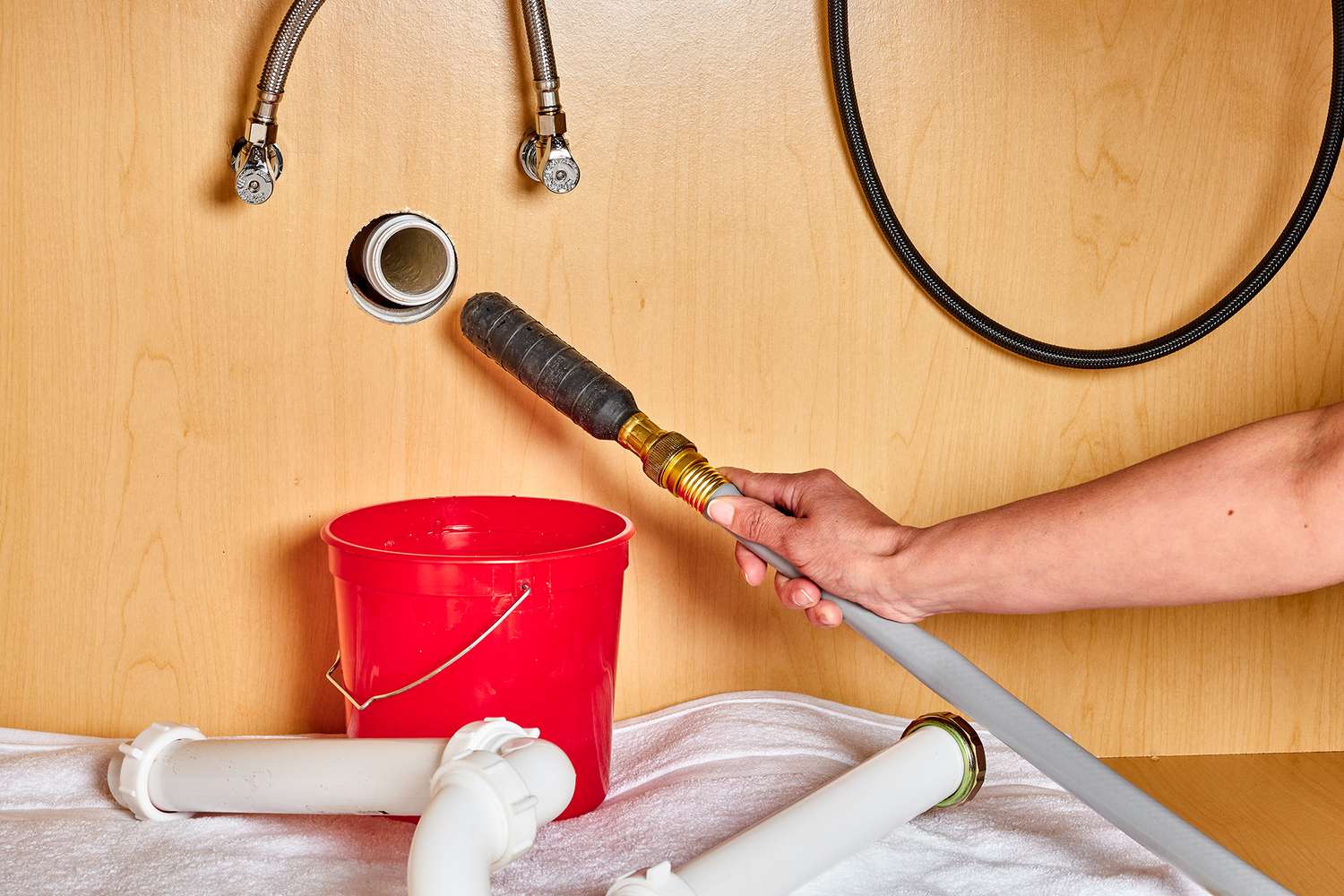

Articles
How To Flush Out Plumbing Pipes
Modified: February 27, 2024
Learn how to effectively flush out your plumbing pipes with these informative articles. Keep your plumbing system clean and running smoothly with our expert tips and advice.
(Many of the links in this article redirect to a specific reviewed product. Your purchase of these products through affiliate links helps to generate commission for Storables.com, at no extra cost. Learn more)
Introduction
Flush out plumbing pipes is an essential maintenance task that every homeowner should perform periodically. Over time, plumbing pipes can accumulate sediment, mineral deposits, and debris, which can affect the flow of water and may lead to costly plumbing issues. By flushing out your plumbing pipes, you can help improve water quality, maintain efficient water flow, and extend the lifespan of your plumbing system.
In this article, we will discuss the importance of flushing out plumbing pipes, the recommended frequency for this task, and provide a step-by-step guide on how to properly flush out your plumbing system. Additionally, we will share some tips on how to maintain clean plumbing pipes to prevent future issues.
So, whether you are a seasoned DIY enthusiast or a homeowner looking to learn more about plumbing maintenance, read on to discover everything you need to know about flushing out plumbing pipes.
Key Takeaways:
- Regularly flushing out your plumbing pipes is crucial for improving water quality, preventing clogs, and extending the lifespan of your plumbing system. It also helps identify potential issues early on.
- By incorporating simple maintenance practices and periodic flushing, you can ensure clean and efficient plumbing pipes, reducing the risk of clogs, leaks, and other plumbing issues. Regular maintenance saves time, money, and stress in the long run.
Read more: How To Replace Plumbing Pipes
Why is it important to flush out plumbing pipes?
Flushing out plumbing pipes is important for several reasons. Over time, mineral deposits, sediment, rust, and other debris can accumulate in the pipes, leading to various issues. Here are some of the key reasons why it’s crucial to flush out your plumbing pipes:
- Improved Water Quality: Over time, minerals and other impurities can build up in your plumbing pipes, impacting the taste and quality of your water. By flushing out the pipes, you can remove these contaminants and enjoy cleaner, better-tasting water.
- Prevention of Clogs: Sediment and debris can gradually accumulate in the plumbing pipes, creating blockages that restrict the flow of water. This can lead to slow drains, clogged pipes, and even backups. Flushing out the pipes helps to dislodge and remove these obstructions, preventing clogs from forming.
- Improved Water Pressure: Mineral deposits, such as limescale, can build up inside the pipes, gradually reducing water pressure. Flushing out the pipes helps to remove these deposits, allowing for improved water flow and restoring optimal water pressure throughout your home.
- Prevention of Corrosion: Rust and corrosion can develop on the inner surfaces of older metal pipes. This can lead to weakened pipes, leaks, and water quality issues. Flushing out the pipes helps to remove these corrosive elements, prolonging the lifespan of your plumbing system.
- Prevention of Bacterial Growth: Stagnant water in your plumbing pipes can create a breeding ground for bacteria, such as Legionella. Flushing out the pipes helps to keep the water moving, reducing the likelihood of bacterial growth and ensuring your water remains safe to use.
In addition to these benefits, flushing out your plumbing pipes also allows you to identify any potential issues early on. By inspecting the water that comes out during the flushing process, you may notice signs of pipe deterioration, discoloration, or other problems that require attention from a professional plumber.
By incorporating regular pipe flushing into your home maintenance routine, you can ensure the longevity and performance of your plumbing system, improve water quality, and minimize the risk of costly repairs. In the next section, we will explore when it’s recommended to flush out your plumbing pipes.
When should you flush out your plumbing pipes?
Knowing when to flush out your plumbing pipes can help you maintain a healthy and efficient plumbing system. While there is no one-size-fits-all answer to this question, there are a few indicators that can help you determine when it’s time for a pipe flushing. Here are some common situations in which you should consider flushing out your plumbing pipes:
- Water Discoloration: If you notice a sudden change in the color of your water, with a yellow, brown, or rusty appearance, it may indicate a buildup of sediment or rust in the pipes. Flushing out the pipes can help remove these particles and restore clear water.
- Low Water Pressure: If you’re experiencing reduced water pressure throughout your home, it may be due to mineral deposits or debris clogging the pipes. Flushing out the pipes can help eliminate these blockages and improve water flow.
- Odors or Strange Tastes: Unpleasant odors or strange tastes in your tap water can be a sign of bacterial growth or the presence of stagnant water in the pipes. Flushing out the plumbing system can help eliminate these issues and ensure fresher, better-tasting water.
- Older Plumbing System: If you have an older home with aging plumbing pipes, it’s a good idea to include regular pipe flushing as part of your maintenance routine. Older pipes are more prone to rust, corrosion, and mineral buildup, making them more susceptible to issues.
- After Plumbing Repairs or Maintenance: If you have recently had any repairs or maintenance work done on your plumbing system, flushing out the pipes afterward is recommended. This helps to remove any debris or residue left behind during the work and ensures optimal performance.
It’s worth noting that the frequency of pipe flushing can vary depending on factors such as water quality, the age of your plumbing system, and your usage patterns. As a general guideline, it’s recommended to flush out your plumbing pipes at least once every 1-2 years. However, if you live in an area with hard water or if you notice any of the aforementioned signs, it may be necessary to flush out the pipes more frequently.
Now that you know when to flush out your plumbing pipes, let’s explore the tools and materials you’ll need to get the job done in the next section.
Tools and materials needed for flushing out plumbing pipes
Before you begin flushing out your plumbing pipes, it’s essential to gather the necessary tools and materials to ensure a successful and efficient process. Here are the items you’ll need:
- Adjustable Wrench: This tool will come in handy for disconnecting and reconnecting pipes during the flushing process.
- Bucket: A bucket is useful for catching any water or debris that comes out during the flushing process.
- Garden Hose: A garden hose with a nozzle attachment will be used to introduce clean water into the plumbing system and flush out the pipes.
- Towels or Rags: These will help you clean up any spills or messes that may occur during the flushing process.
- Protective Eyewear and Gloves: It’s important to protect yourself while working with plumbing systems. Wear safety goggles and gloves to prevent any potential harm.
- Plumber’s Tape: Plumber’s tape, also known as Teflon tape, is used to create a watertight seal when reconnecting pipes.
- Plumbing Wrench: In addition to an adjustable wrench, you may need a plumbing wrench for larger or stubborn connections.
- Cleaning Solution: Depending on the condition of your pipes, you may need a cleaning solution specifically designed for plumbing systems to remove stubborn deposits and buildup.
These tools and materials are readily available at most home improvement or plumbing supply stores. Before starting the flushing process, make sure you have all the necessary items prepared and easily accessible.
Now that you have everything you need, let’s move on to the step-by-step guide on how to flush out your plumbing pipes.
Run cold water through your pipes for a few minutes to flush out any debris or sediment. This can help improve water flow and remove any build-up in the plumbing system.
Step-by-step guide on how to flush out plumbing pipes
Flushing out your plumbing pipes is a straightforward process, but it’s essential to follow the correct steps to ensure a thorough and effective flush. Here is a step-by-step guide to help you through the process:
- Turn off the Water Supply: Begin by turning off the main water supply to your home. Locate the main shut-off valve and close it to stop water from flowing into your plumbing system. This will prevent any potential flooding or leaks during the flushing process.
- Open all Faucets and Drains: Start by opening all the faucets in your home, including both hot and cold water taps. Additionally, open any drains such as shower drains or bathtub drains. This will help to relieve the pressure in the pipes and allow for a thorough flush.
- Drain the Water Heater: If you have a water heater, turn off the power or gas supply and allow the unit to cool. Once cooled, connect a hose to the drain valve at the bottom of the water heater and let the water drain into a bucket or drain outside. This step is crucial as it removes any sediment or debris that may have settled in the water heater.
- Connect the Garden Hose: Locate an outdoor faucet or a designated hose bib close to your main water shut-off valve. Connect one end of the garden hose to the faucet and ensure it is securely attached.
- Flush Cold Water Pipes: Start by flushing the cold water pipes. Close all the faucets, except for one cold water tap, preferably on the lowest floor of your home. This could be a basement sink or an outdoor faucet. Turn on the selected cold water tap and allow the water to run for a few minutes, ensuring that the water is flowing freely and any sediment or debris is being flushed out through the open faucet.
- Flush Hot Water Pipes: After flushing the cold water pipes, move on to flushing the hot water pipes. Turn off the cold water tap used in the previous step and open a hot water faucet in your home. This could be a bathroom sink or a bathtub faucet. Let the hot water run for a few minutes, allowing any accumulated sediment or mineral deposits to flow out of the system.
- Repeat the Flushing Process: Depending on the condition of your plumbing pipes, you may need to repeat the flushing process for both the cold and hot water pipes. This ensures a thorough cleaning and removal of any remaining debris or sediment.
- Reconnect and Turn On the Water Supply: Once you are satisfied with the flush, close all the faucets and drains, and disconnect the garden hose. Reconnect any disconnected pipes or fixtures and ensure they are securely tightened. Finally, turn on the main water supply, allowing the water to flow back into your plumbing system.
By following these steps, you can effectively flush out your plumbing pipes and promote the longevity and efficiency of your plumbing system. However, it’s essential to note that if you’re uncomfortable with performing this task yourself or if you encounter any unexpected complications, it’s advisable to seek professional assistance from a licensed plumber.
Now that you’ve successfully flushed out your plumbing pipes, let’s explore some tips for maintaining clean plumbing pipes to prevent future issues.
Read more: How To Insulate Plumbing Pipes
Tips for maintaining clean plumbing pipes
Maintaining clean plumbing pipes is crucial to prevent clogs, improve water quality, and extend the lifespan of your plumbing system. Here are some helpful tips to keep your pipes in excellent condition:
- Monitor What Goes Down the Drain: Be mindful of what you are putting down your drains. Avoid disposing of grease, oil, coffee grounds, eggshells, and other food waste down the kitchen sink. Similarly, avoid flushing excessive toilet paper, diapers, feminine hygiene products, or any other non-flushable items down the toilet. These can lead to clogs and put unnecessary strain on your pipes.
- Use Drain Screens or Strainers: Install drain screens or strainers in sinks and showers to catch hair, food particles, and other debris. These simple devices can help prevent these materials from going down the drain and causing clogs in your pipes.
- Regularly Clean the Drain Screens: Make it a habit to clean your drain screens or strainers regularly. Remove any accumulated debris to ensure proper water flow and prevent clogs from forming.
- Be Mindful of What You Flush: Only flush toilet paper and human waste down the toilet. Avoid flushing anything else, such as wipes, dental floss, cotton balls, or medications. These items can create blockages and damage your plumbing system.
- Address Plumbing Issues Promptly: If you notice any signs of plumbing issues such as slow drains, foul odors, leaks, or unusual noises, address them promptly. Ignoring these problems can lead to more significant issues down the line and potentially damage your pipes.
- Regularly Inspect Your Plumbing System: Conduct periodic inspections of your plumbing system to identify any signs of leaks, corrosion, or damage. Look for water stains, wet spots, or unusual smells. If you notice any concerns, contact a professional plumber to assess and resolve the issue.
- Consider Water Softening: Hard water with high mineral content can contribute to the buildup of limescale and mineral deposits in your plumbing pipes. Consider installing a water softener to reduce the mineral content and extend the lifespan of your plumbing system.
- Flush Your Plumbing System Regularly: After the initial flush, make it a practice to flush your plumbing system periodically. This can be done annually or as recommended by a professional plumber. Flushing the pipes helps remove any accumulated sediment, debris, and mineral deposits, ensuring clean and efficient water flow.
Following these tips can help you maintain clean and healthy plumbing pipes, reducing the risk of clogs, leaks, and other plumbing issues. By incorporating these practices into your routine, you can ensure the optimal performance and longevity of your plumbing system for years to come.
By now, you should be equipped with the knowledge and tools to effectively maintain and flush out your plumbing pipes. Regular maintenance is key to enjoying a smoothly functioning plumbing system. If you’re unsure about any plumbing tasks or encounter complex issues, it’s always a good idea to consult with a professional plumber for expert advice and assistance.
Remember, taking care of your plumbing system today will save you time, money, and stress in the long run. So go ahead, give your pipes the attention they deserve!
Conclusion
Flushing out your plumbing pipes is a critical maintenance task that should not be overlooked. By regularly flushing out your pipes, you can improve water quality, prevent clogs, maintain optimal water pressure, and extend the lifespan of your plumbing system.
In this article, we discussed the importance of flushing out plumbing pipes and when you should consider performing this task. We also provided a step-by-step guide on how to effectively flush out your plumbing system, along with tips for maintaining clean pipes.
Remember, monitoring what goes down the drain, using drain screens or strainers, and addressing plumbing issues promptly are all essential in maintaining clean pipes. Regular inspections and periodic flushing of your plumbing system can also contribute to its longevity and efficiency.
However, it’s important to note that if you’re unsure about any aspect of plumbing maintenance or encounter complex issues, it’s always advisable to consult with a professional plumber. They have the expertise and tools necessary to handle any plumbing concerns.
By taking proactive measures to care for your plumbing system, you can save yourself from costly repairs and inconveniences down the line. So, make flushing out your plumbing pipes a part of your regular home maintenance routine. Your pipes will thank you!
Hopefully, this comprehensive guide has provided you with the knowledge and confidence to properly flush out your plumbing pipes and maintain a healthy plumbing system. So what are you waiting for? Get started on maintaining clean and efficient plumbing pipes today!
Frequently Asked Questions about How To Flush Out Plumbing Pipes
Was this page helpful?
At Storables.com, we guarantee accurate and reliable information. Our content, validated by Expert Board Contributors, is crafted following stringent Editorial Policies. We're committed to providing you with well-researched, expert-backed insights for all your informational needs.
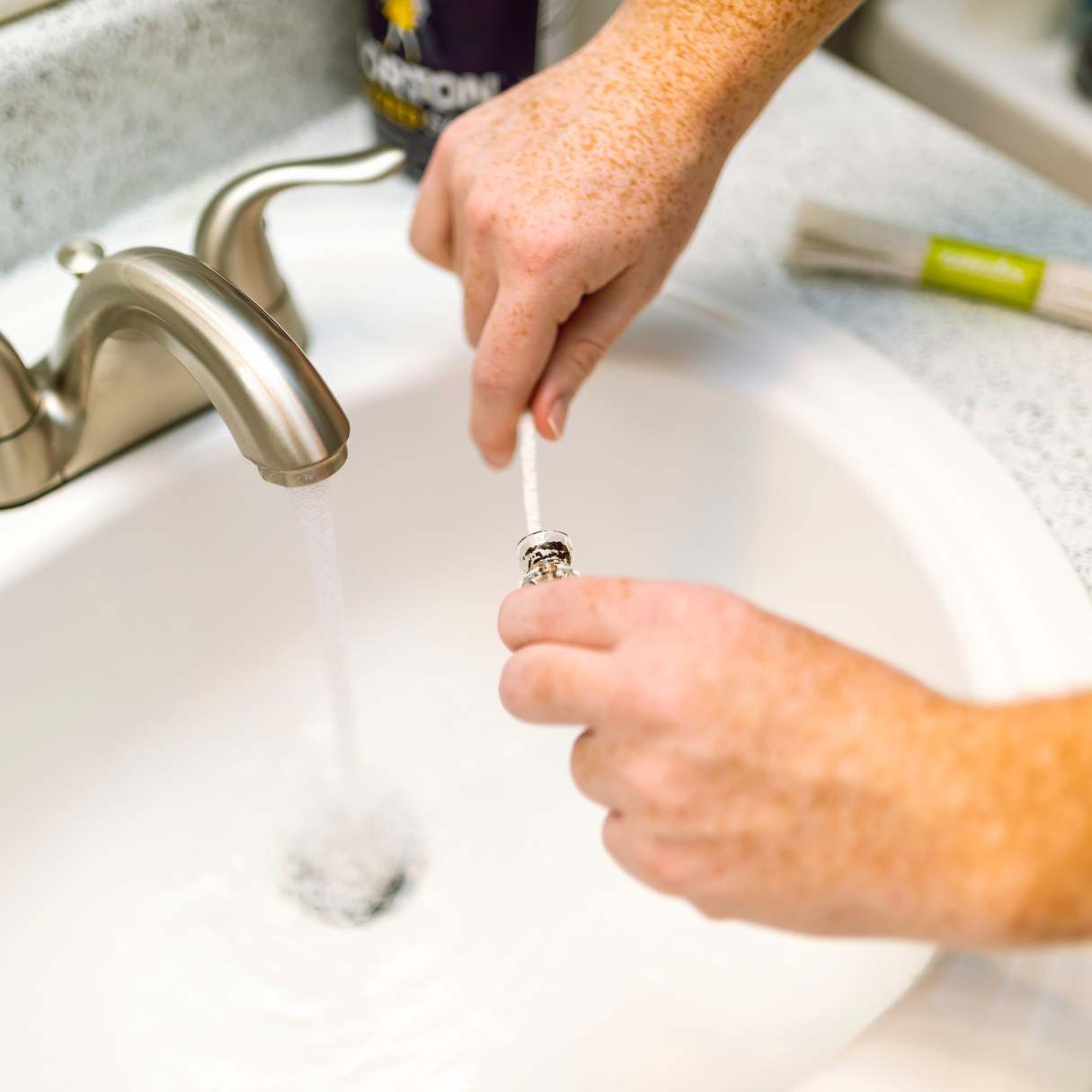
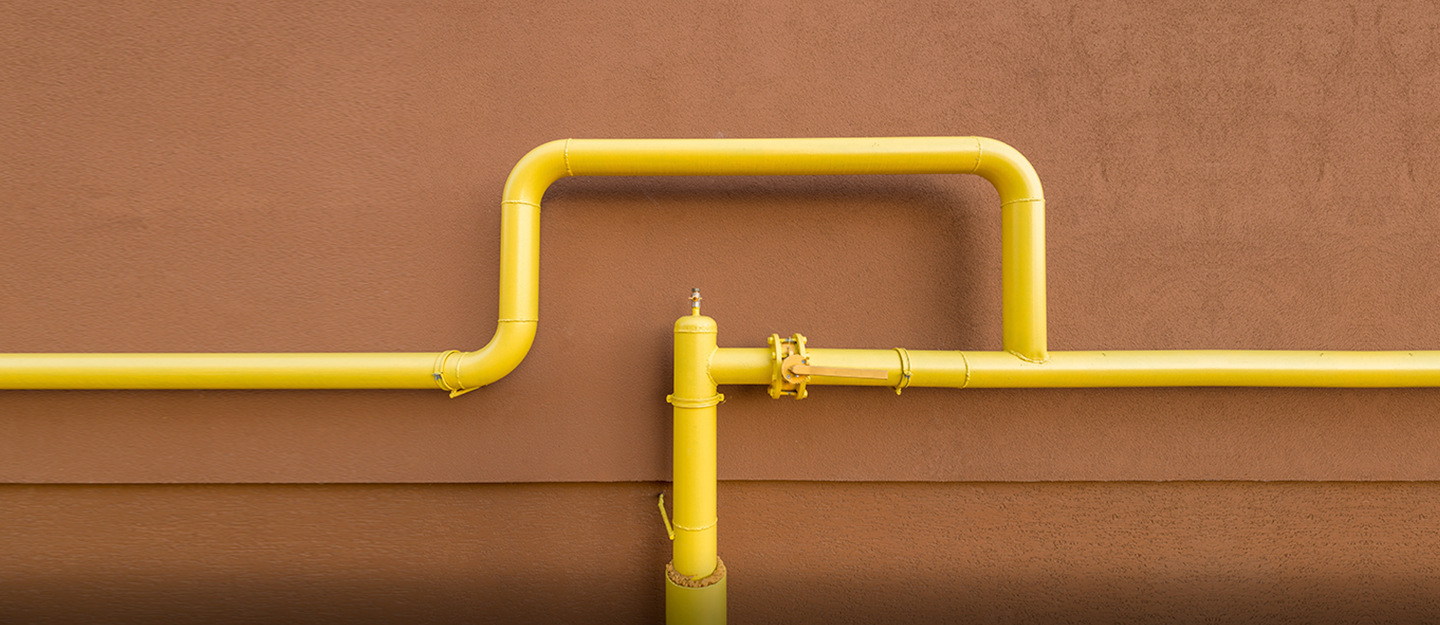
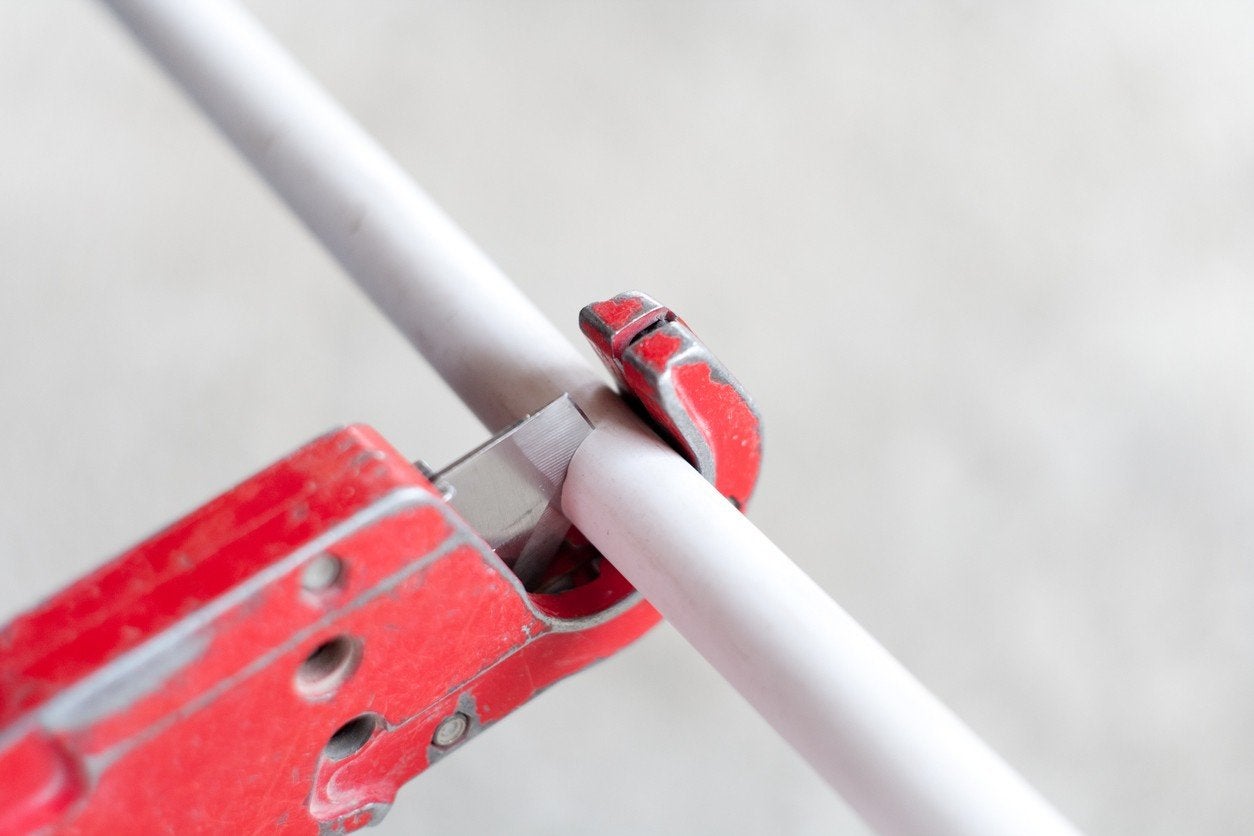
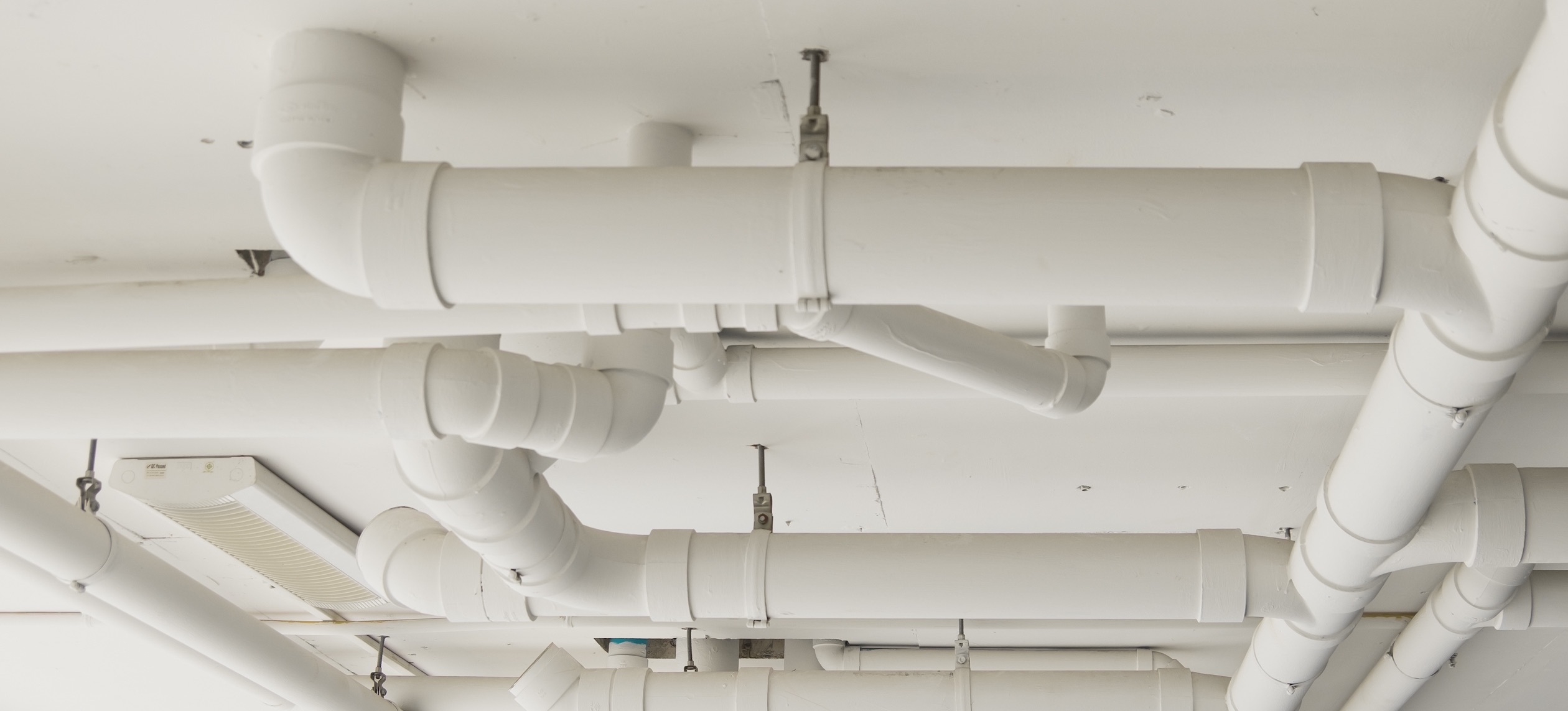
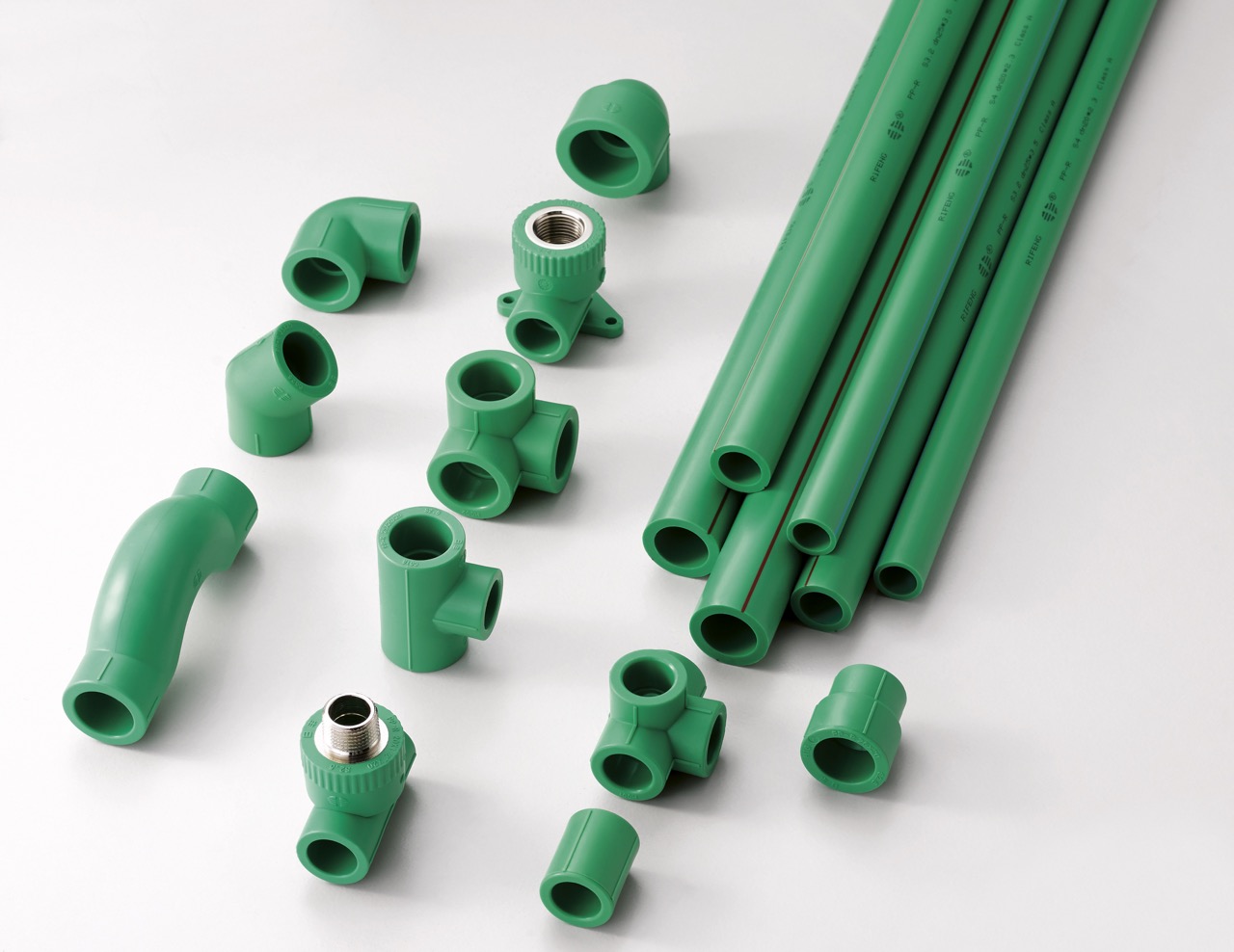
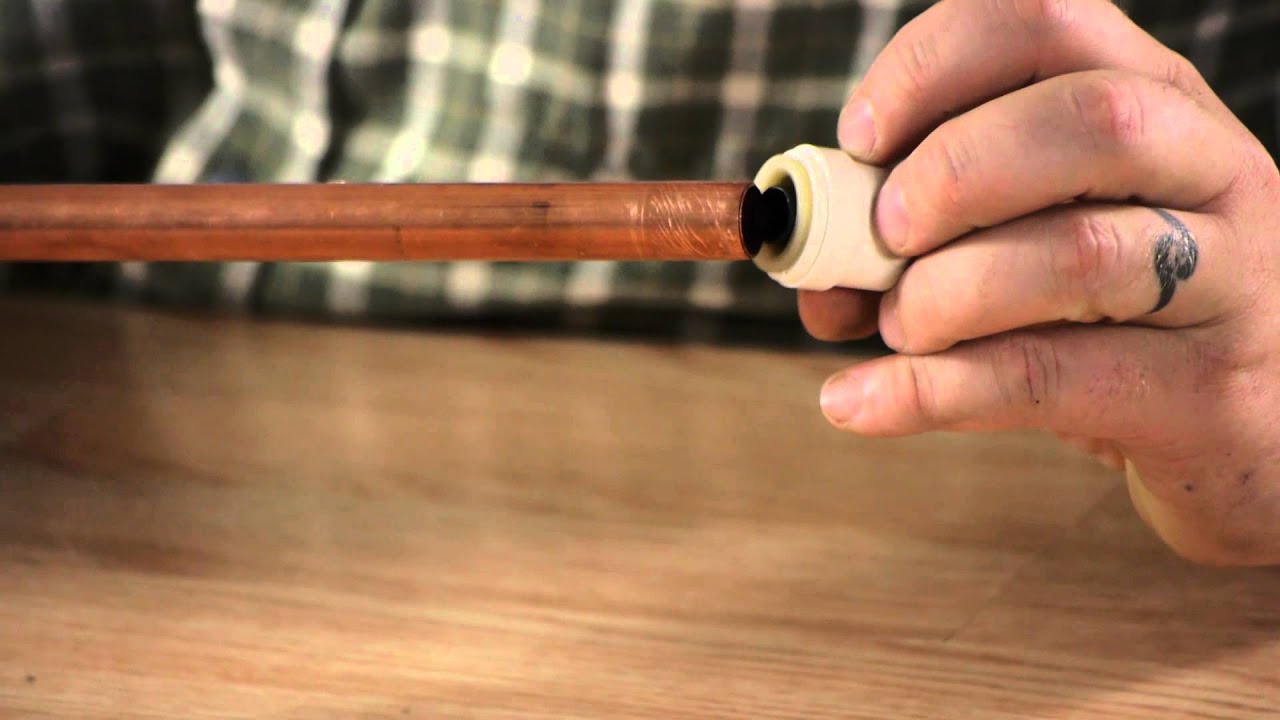
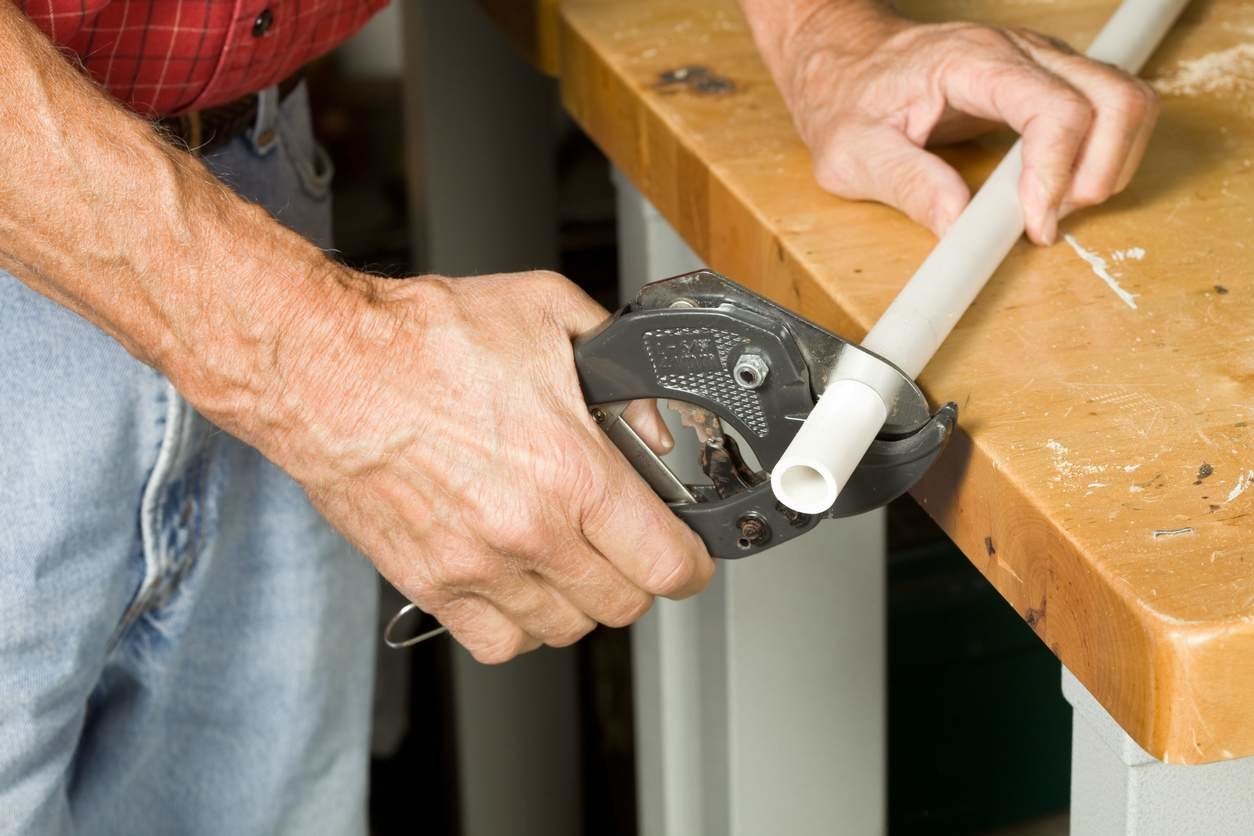
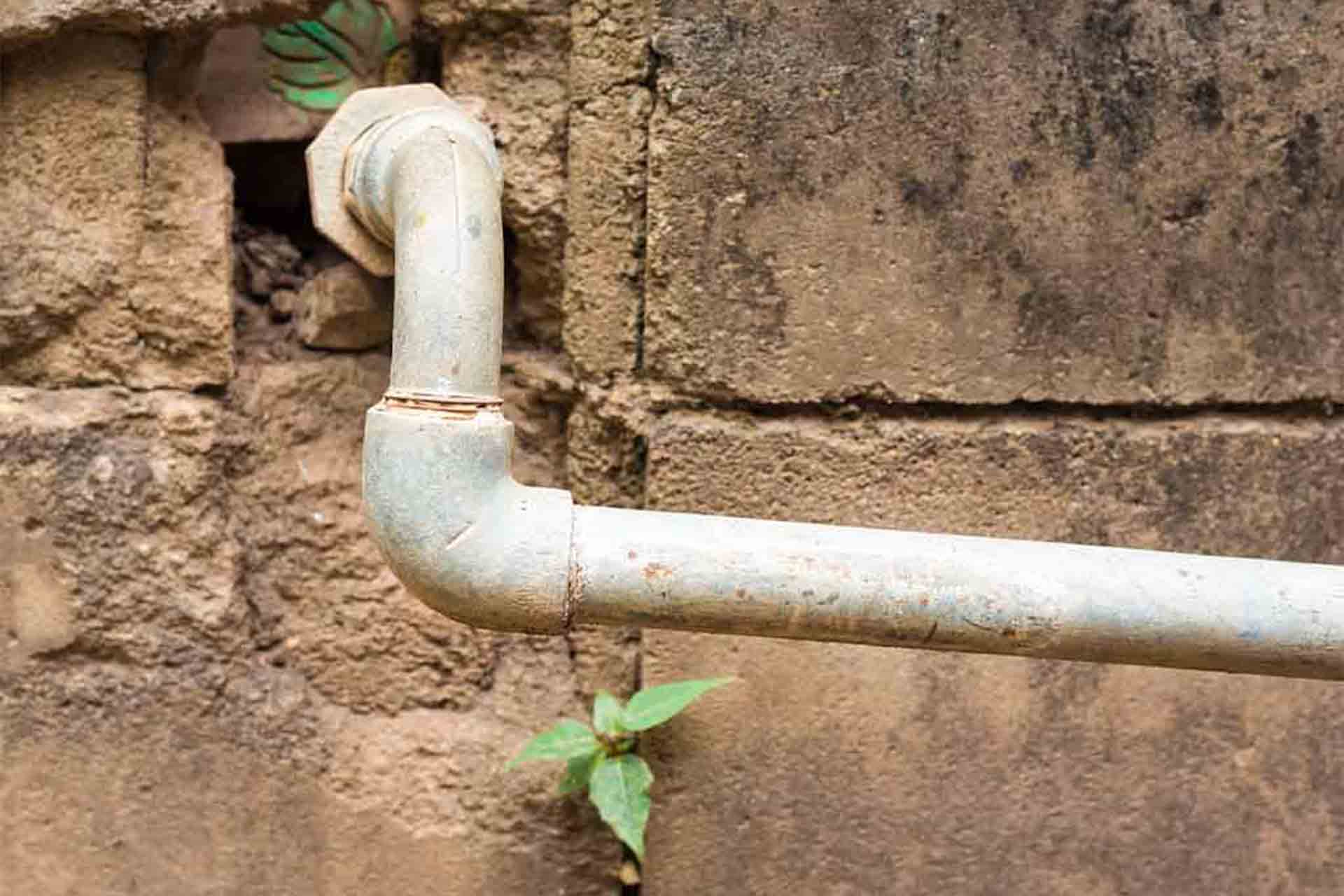
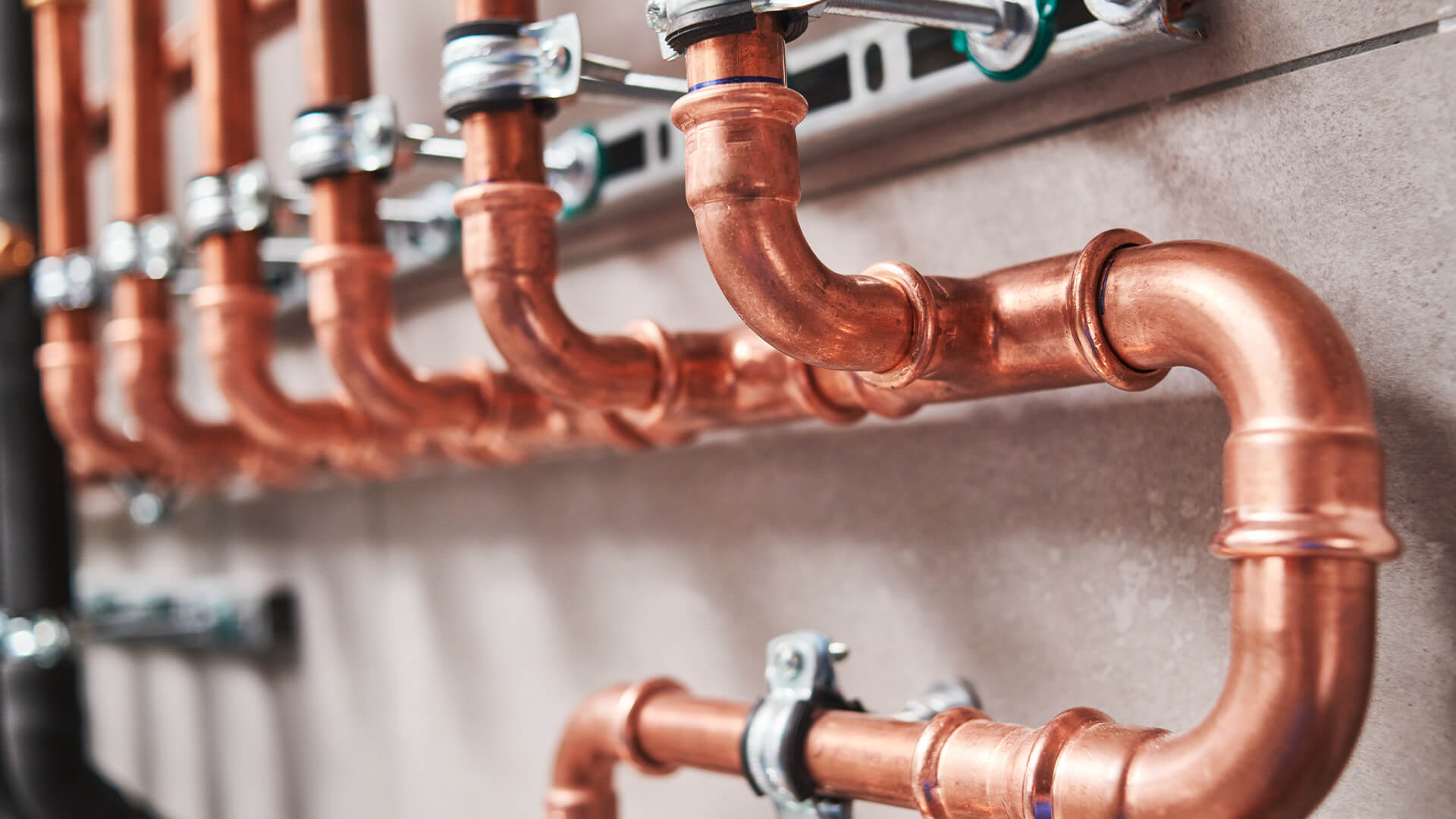
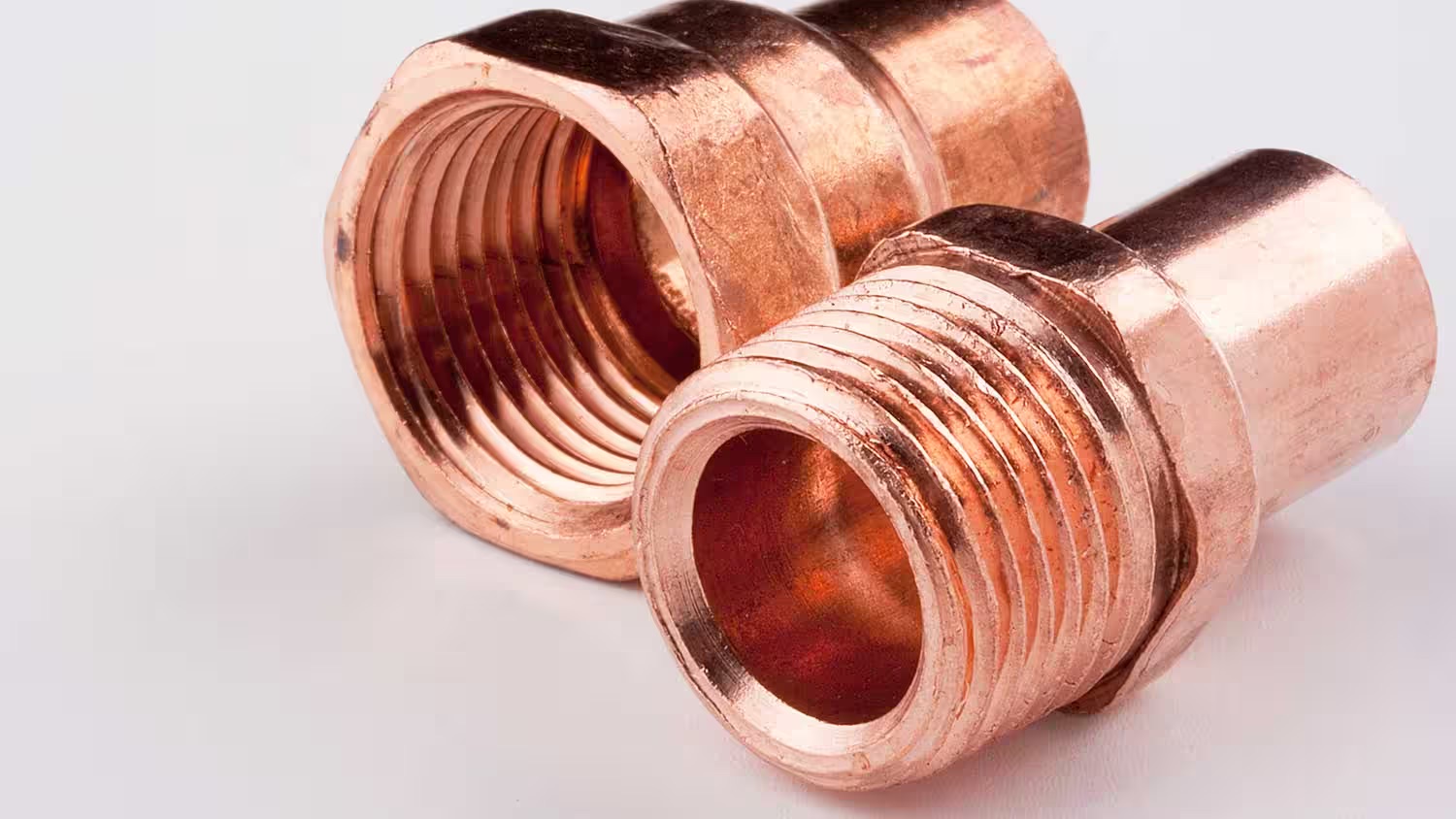
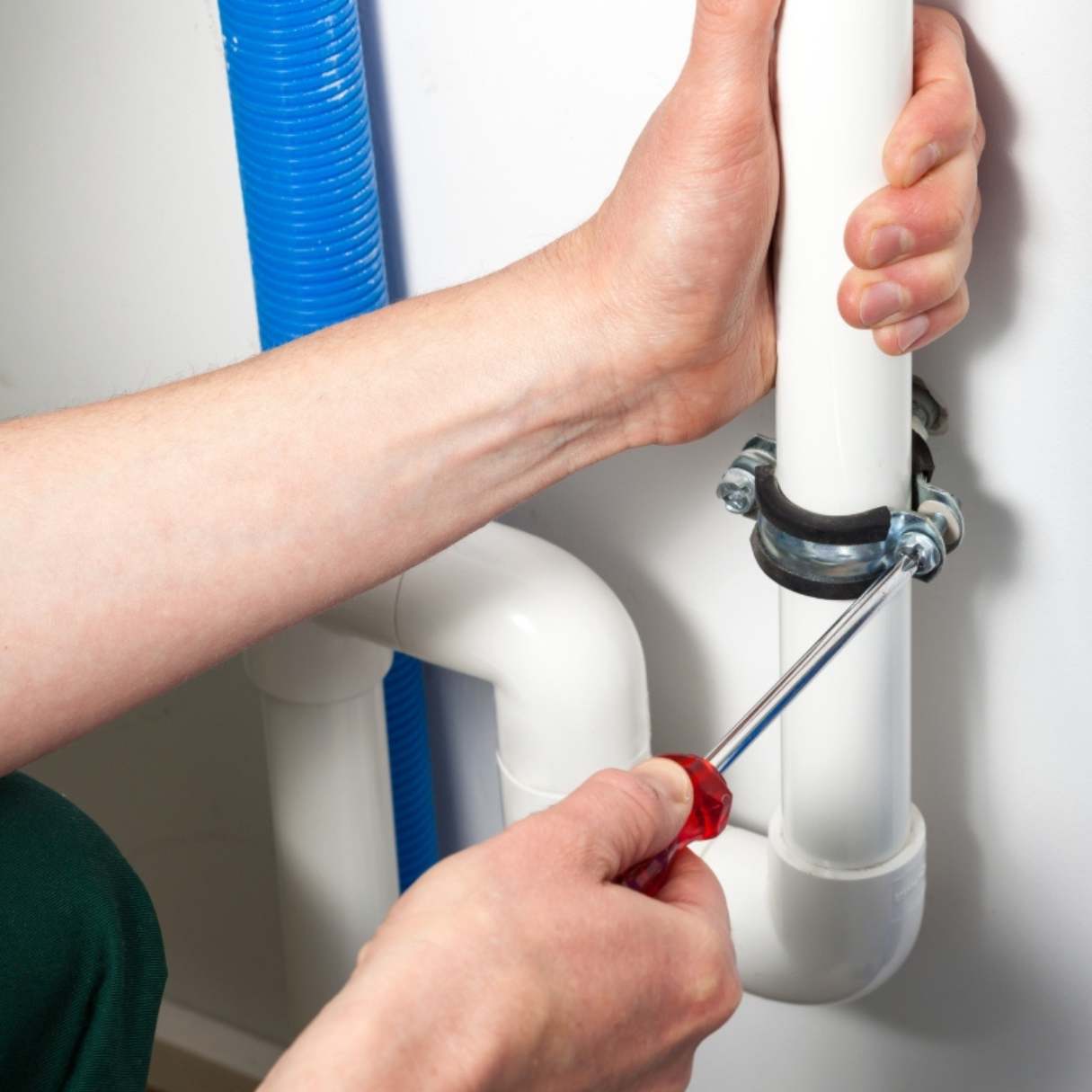
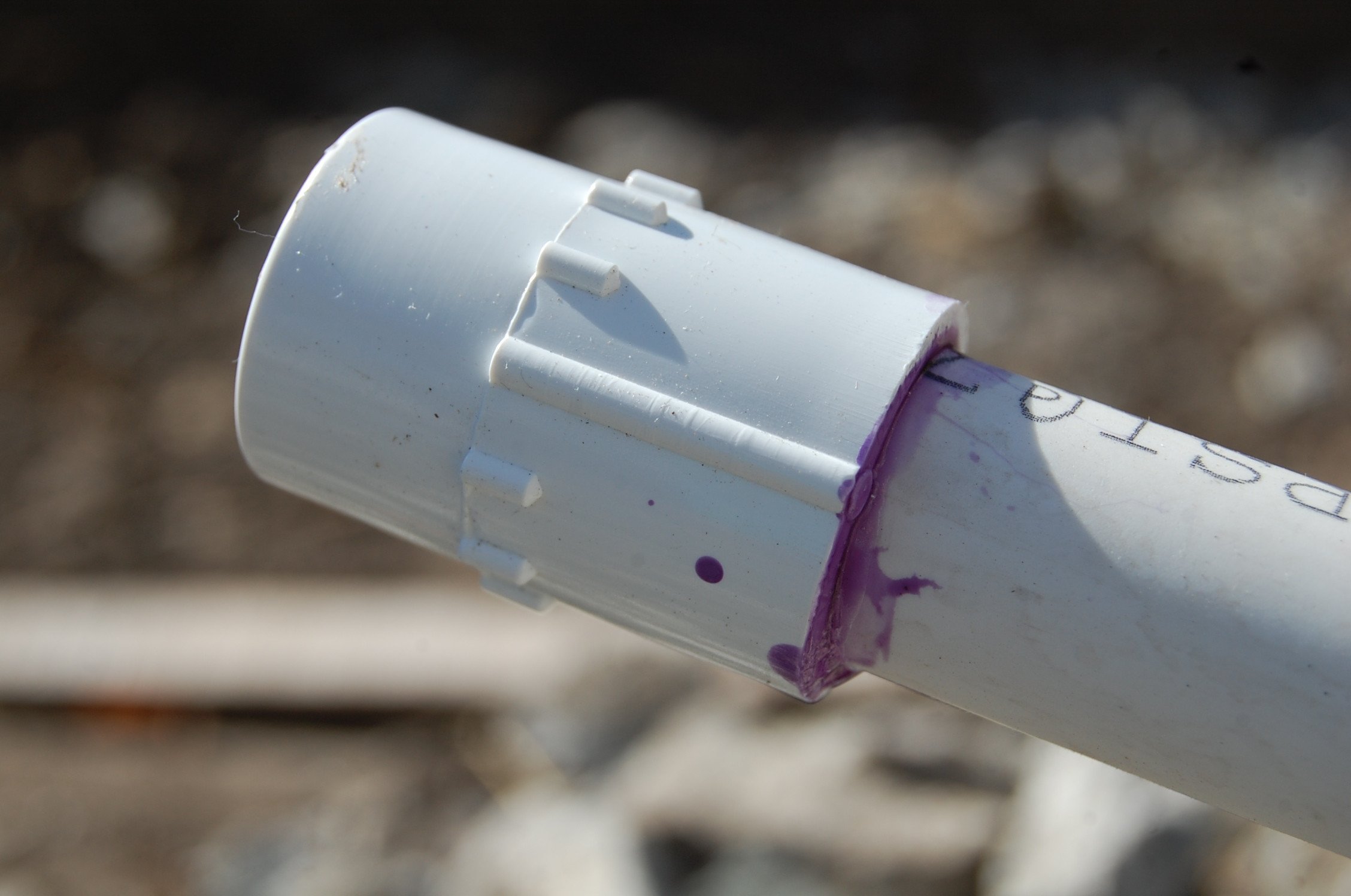
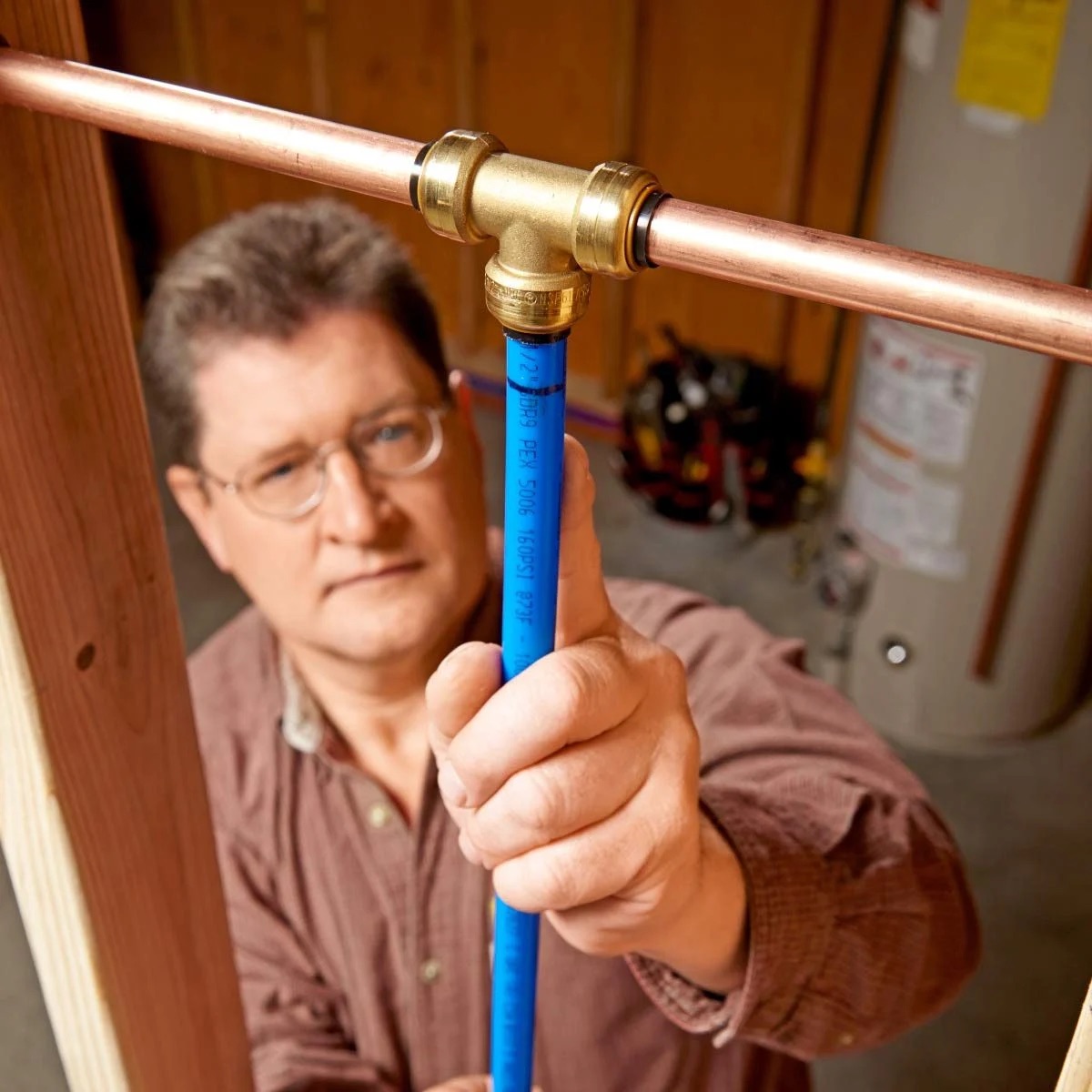
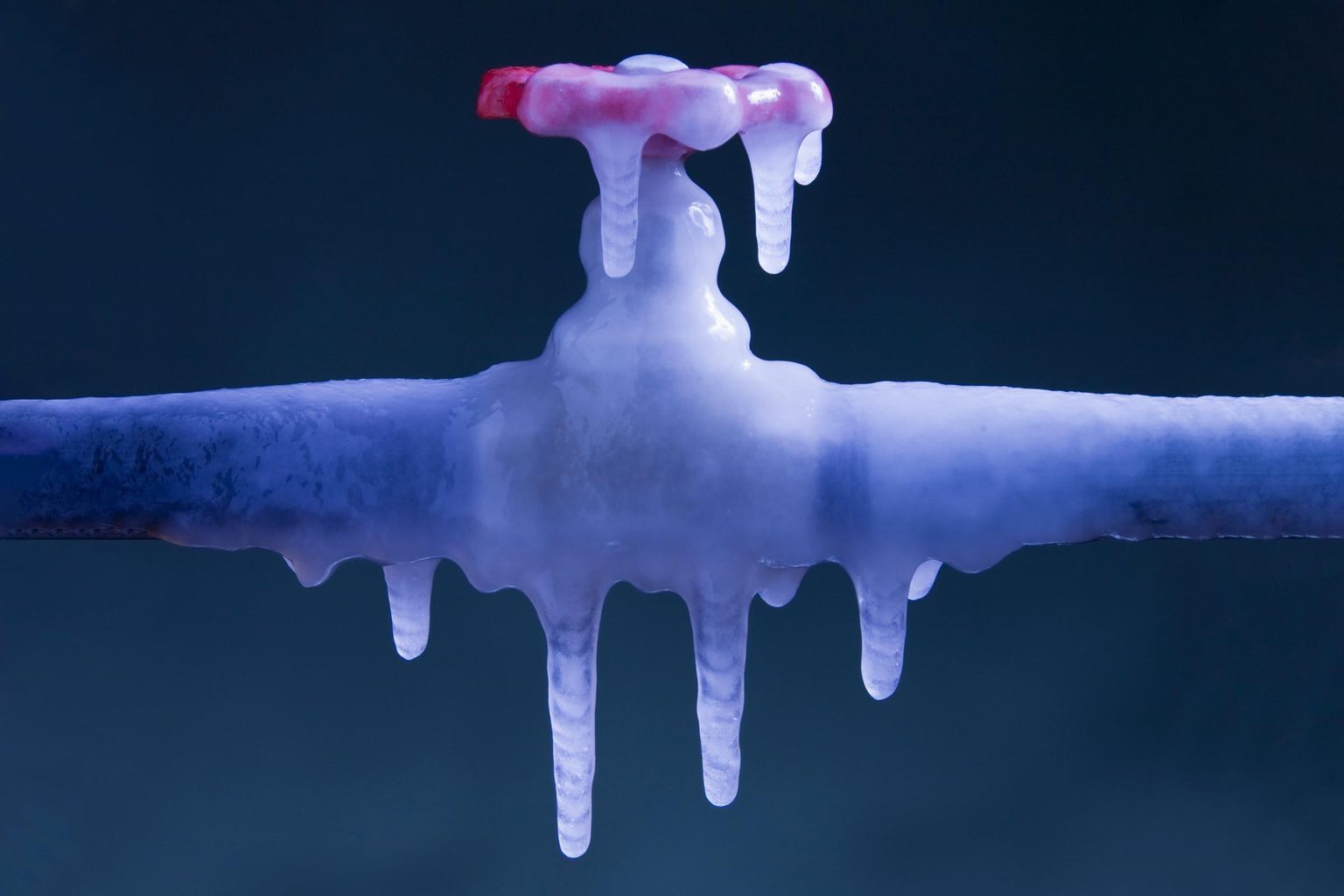

0 thoughts on “How To Flush Out Plumbing Pipes”